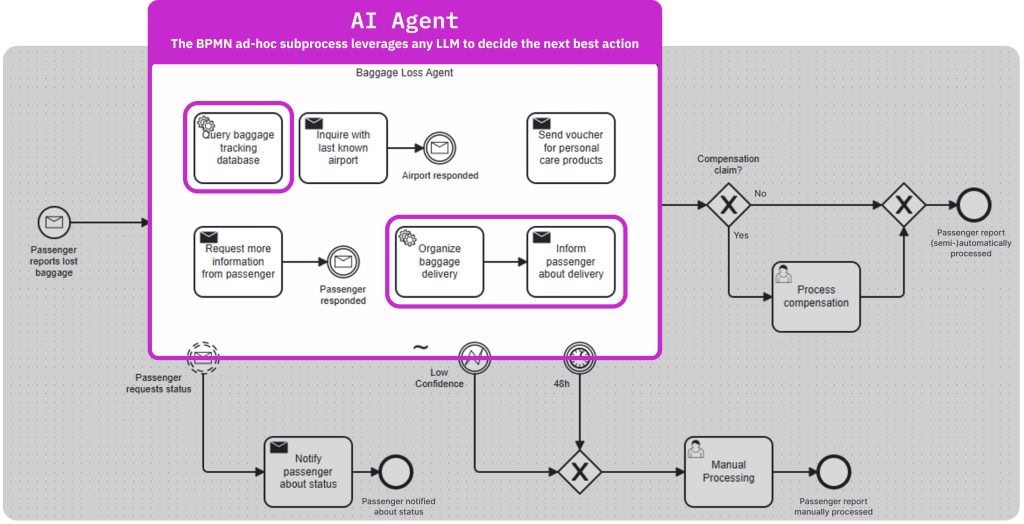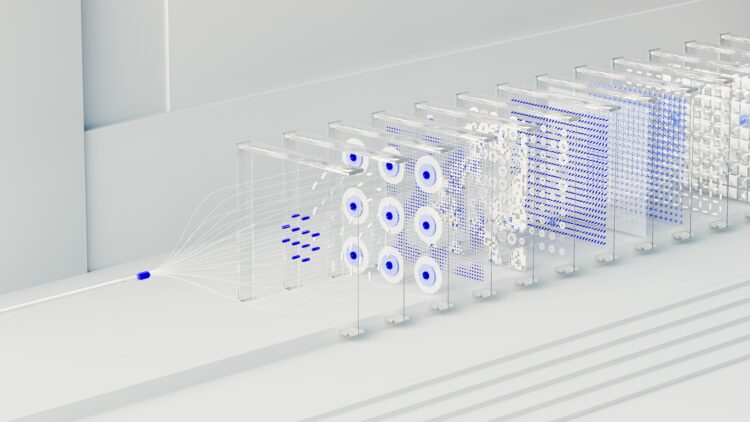Camunda has introduced new agentic orchestration capabilities to help organisations model, deploy, and manage AI agents seamlessly into their end-to-end processes and AI-powered features to enhance decision-making and process generation.

“To unlock AI’s full potential, organisations must move beyond isolated applications and operationalise AI within a holistic, composable enterprise architecture – one that seamlessly integrates AI with people, systems, and devices,” commented Daniel Meyer, CTO at Camunda. “Our new agentic process orchestration capabilities provide the control and transparency needed for compliance while harnessing AI-driven decision-making to enhance automation, optimise operations, and scale business processes efficiently.”
Agentic process orchestration capabilities

Camunda’s agentic process orchestration capabilities claim to enable organisations to operationalise AI with flexibility and control by blending deterministic (logic defined at design time) and non-deterministic (logic is determined at runtime, using AI models and runtime data) process execution.
The latest release includes AI-powered features such as ad-hoc sub-processes to enable tasks to be activated dynamically; Camunda Copilotto generate BPMN (Business Process Model) and Notation diagrams from any text input; and Camunda RPA (Robotic Process Automation) to integrate and bridge legacy systems without APIs.
“With Camunda’s composable architecture, organisations aren’t locked into a single AI or automation technology, which often results in broken, disjointed processes that frustrate customers and employees. What’s more, our highly scalable orchestration layer processes real-time data and high transaction volumes, enabling personalised customer experiences and proactive employee support,” Meyer said.





